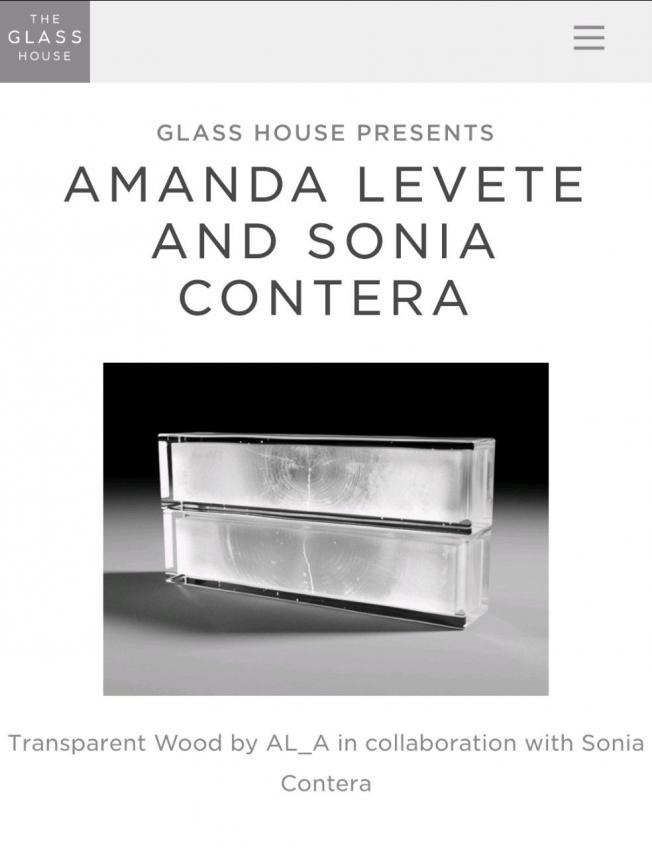Temperature-dependent phase transitions in zeptoliter volumes of a complex biological membrane
Nanotechnology 22:5 (2011)
Abstract:
Phase transitions in purple membrane have been a topic of debate for the past two decades. In this work we present studies of a reversible transition of purple membrane in the 50-60 °C range in zeptoliter volumes under different heating regimes (global heating and local heating). The temperature of the reversible phase transition is 52 ± 5 °C for both local and global heating, supporting the hypothesis that this transition is mainly due to a structural rearrangement of bR molecules and trimers. To achieve high resolution measurements of temperature-dependent phase transitions, a new scanning probe microscopy-based method was developed. We believe that our new technique can be extended to other biological systems and can contribute to the understanding of inhomogeneous phase transitions in complex systems. © 2011 IOP Publishing Ltd Printed in the UK & the USA.Mapping nanomechanical properties of live cells using multi-harmonic atomic force microscopy
Nature Nanotechnology 6:12 (2011) 809-814
Abstract:
The nanomechanical properties of living cells, such as their surface elastic response and adhesion, have important roles in cellular processes such as morphogenesis1, mechano-transduction2, focal adhesion3, motility4,5, metastasis6 and drug delivery7-10. Techniques based on quasi-static atomic force microscopy techniques11-17 can map these properties, but they lack the spatial and temporal resolution that is needed to observe many of the relevant details. Here, we present a dynamic atomic force microscopy 18-28 method to map quantitatively the nanomechanical properties of live cells with a throughput (measured in pixels/minute) that is ∼10-1,000 times higher than that achieved with quasi-static atomic force microscopy techniques. The local properties of a cell are derived from the 0th, 1st and 2nd harmonic components of the Fourier spectrum of the AFM cantilevers interacting with the cell surface. Local stiffness, stiffness gradient and the viscoelastic dissipation of live Escherichia coli bacteria, rat fibroblasts and human red blood cells were all mapped in buffer solutions. Our method is compatible with commercial atomic force microscopes and could be used to analyse mechanical changes in tumours, cells and biofilm formation with sub-10 nm detail. © 2011 Macmillan Publishers Limited. All rights reserved.Monodisperse silver nanoparticles of controlled size for biomedical applications
Japan Society of Applied Physics (2010)
Controlled ionic condensation at the surface of a native extremophile membrane.
Nanoscale 2:2 (2010) 222-229
Abstract:
At the nanoscale level biological membranes present a complex interface with the solvent. The functional dynamics and relative flexibility of membrane components together with the presence of specific ionic effects can combine to create exciting new phenomena that challenge traditional theories such as the Derjaguin-Landau-Verwey-Overbeek (DLVO) theory or models interpreting the role of ions in terms of their ability to structure water (structure making/breaking). Here we investigate ionic effects at the surface of a highly charged extremophile membrane composed of a proton pump (bacteriorhodopsin) and archaeal lipids naturally assembled into a 2D crystal. Using amplitude-modulation atomic force microscopy (AM-AFM) in solution, we obtained sub-molecular resolution images of ion-induced surface restructuring of the membrane. We demonstrate the presence of a stiff cationic layer condensed at its extracellular surface. This layer cannot be explained by traditional continuum theories. Dynamic force spectroscopy experiments suggest that it is produced by electrostatic correlation mediated by a Manning-type condensation of ions. In contrast, the cytoplasmic surface is dominated by short-range repulsive hydration forces. These findings are relevant to archaeal bioenergetics and halophilic adaptation. Importantly, they present experimental evidence of a natural system that locally controls its interactions with the surrounding medium and challenges our current understanding of biological interfaces.Direct mapping of the solid-liquid adhesion energy with subnanometre resolution
Nature Nanotechnology 5:6 (2010) 401-405



